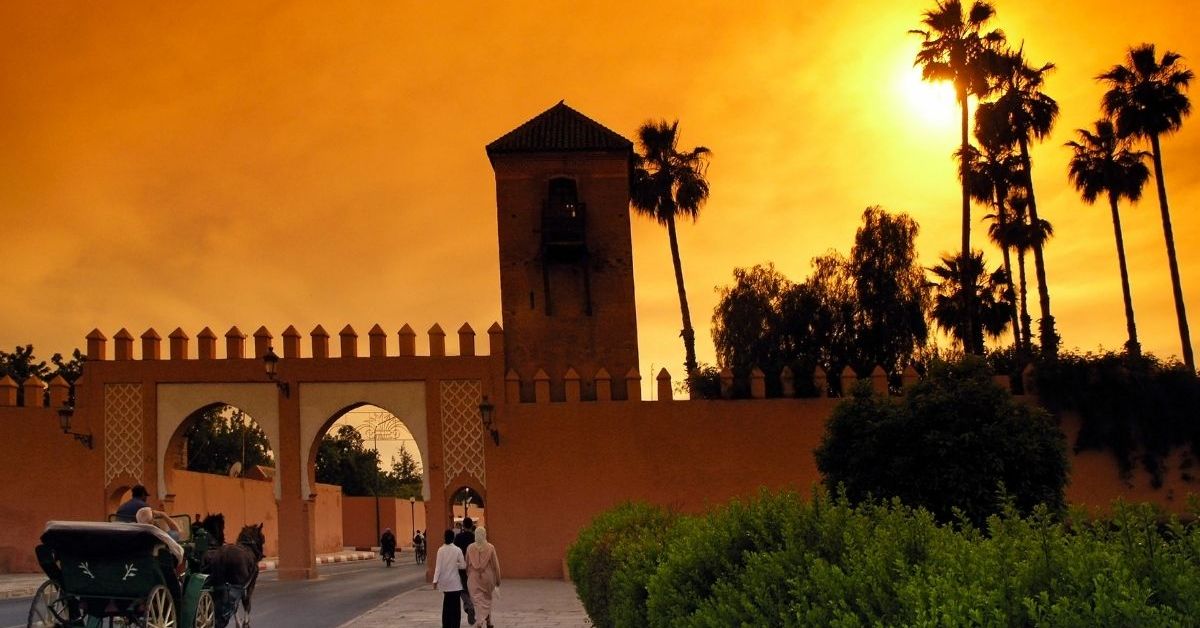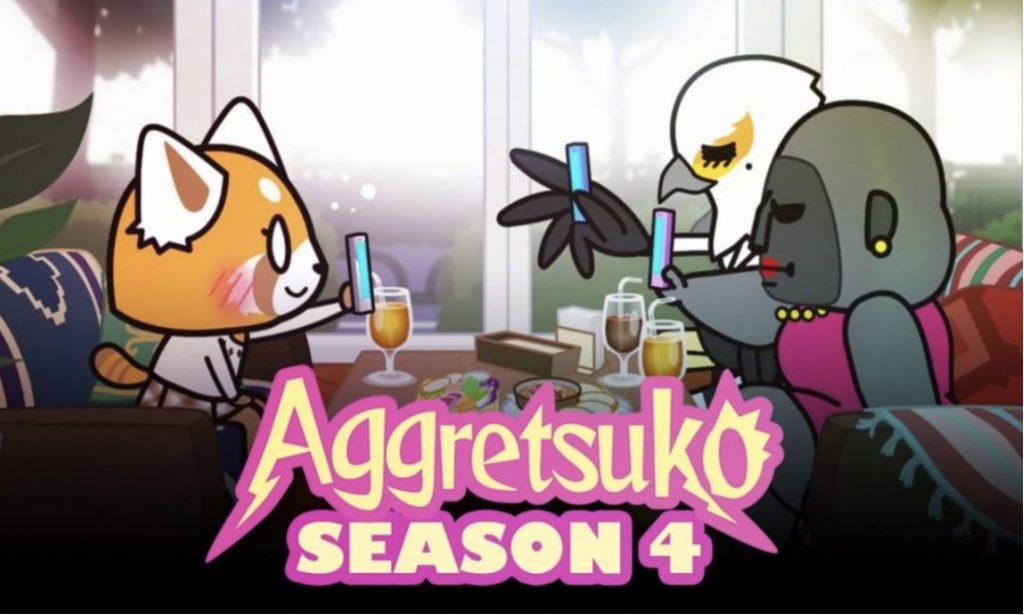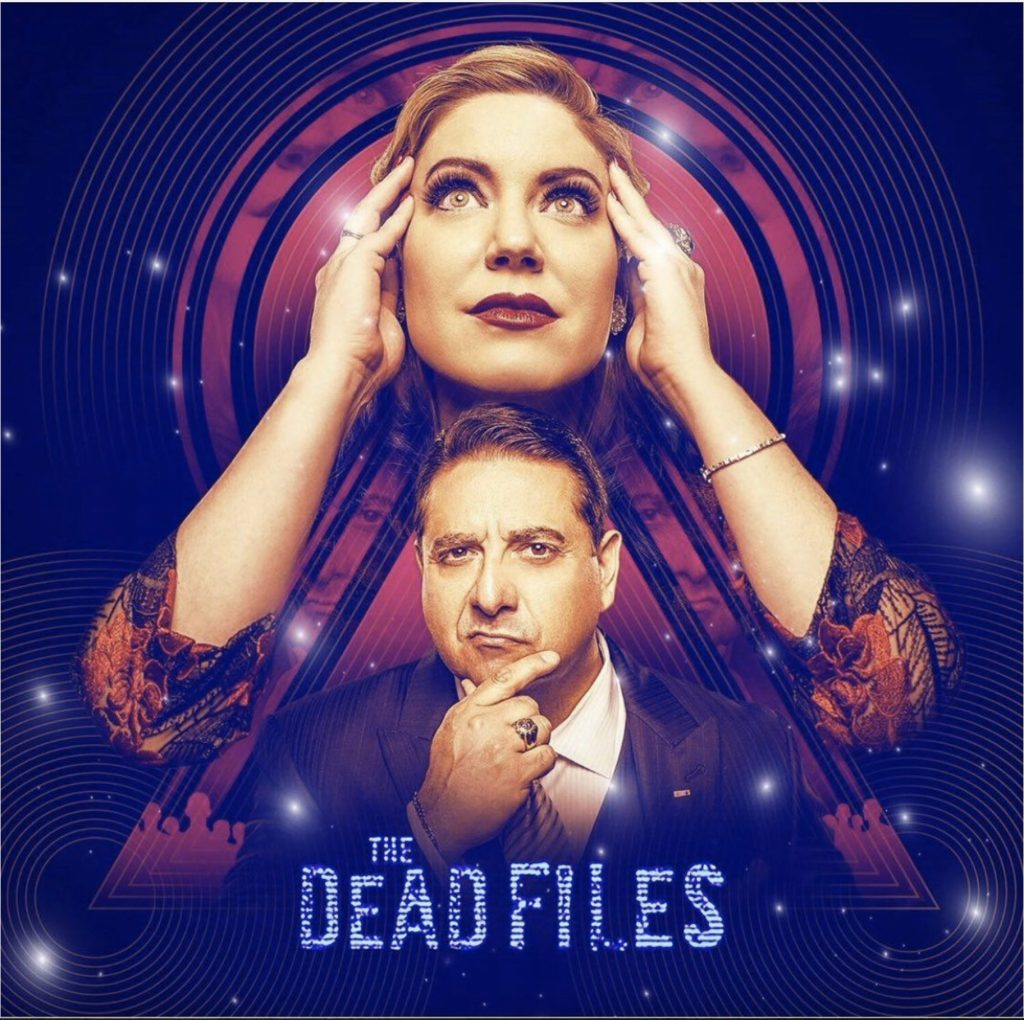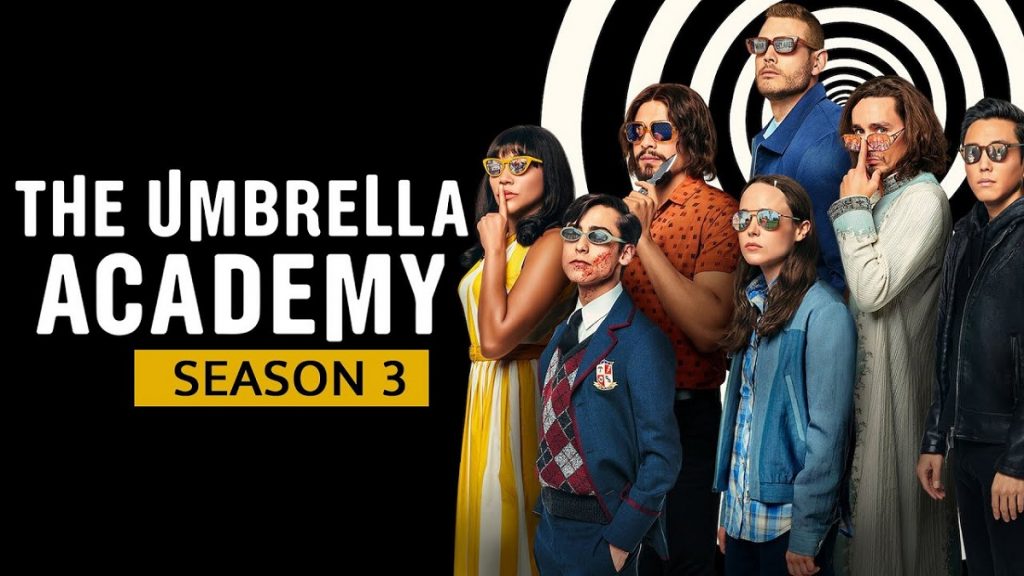You may have thought that Morocco was an Arab country all along, but can you actually pinpoint its location on a map? Morocco is a North African country that sits immediately south of Europe.
The distance between Spain and the Moroccan border is only 8.6 miles (14 kilometers). Spain, Algeria, and Mauritania are the three nations that share land borders with Morocco.
Al Mamlaka al-Maghrebiya, literally “The Kingdom of Morocco,” is the country’s official name in Arabic. Moroccans are known as “Moroccans,” and the name “Al Maghrib,” which means “Land of Sunset” in Arabic, is used to describe Morocco.
King Mohammed VI of Morocco has been in power since 1999, when his father, King Hassan II, passed away. As a result, the President of the Government serves as both the head of state and the head of government in Morocco.
The Two Faces of Morocco
Rabat (Arribat in Arabic and rbat in Moroccan darija) is the capital of Morocco, but Casablanca (Dar El Bida in Arabic) is the country’s most populous metropolis, home to 3.36 million people.
Most of Morocco’s 33 million people identify as Arab or Berber. Half a million Europeans, primarily from France and Spain, also call the country home.
Morocco’s Independence and the Green March
In 1912, France established a protectorate over Morocco; it wasn’t until 1956, after the return of exiled Sultan Mohammed V of Morocco, that the kingdom regained its independence from France and Spain. Hassan II, his son, succeeded him as monarch in 1961.
The ‘Green March,’ in which 350,000 unarmed Moroccan volunteers marched several kilometers into the Sahara to demand the restoration of Saharan territory from Spain and restore Moroccan sovereignty over the region, was one of the most significant events to occur under his rule.
The ‘Green March’ resulted in Spain’s agreement to transfer colonial control of the territory to Morocco.
After multiple diplomatic initiatives, a ceasefire agreement was reached in 1991 following a conflict with the Polisario Front, which was supported by neighboring Algeria. Since then, Moroccan forces have dominated much of the Sahara.
Morocco’s Population and Water Resources
The total landmass of Morocco is 277,473 square miles. When compared to other countries, Morocco has one of the lowest rates of domestic water availability. Morocco has a total land area of around 277,317 square miles but has a scant 155 square miles of water resources.
According to these calculations, Morocco consists of 99.94% land and barely 0.06% water. In terms of land mass, Morocco ranks just 40th among all countries.
According to the results of the 2018 census, the total number of people living in Morocco is roughly 36,383,100. In terms of population, Morocco ranks 40th globally and accounts for less than 0.5% of the total.
Population density may be calculated if we know both the total land area and the number of people living in Morocco. When the whole population is divided by the total landmass, the density of Morocco is calculated to be about 131 persons per square mile.
Countries Adjacent to Morocco
Morocco is bordered on the outside by three other nations and two significant bodies of water. Moroccan territory includes Spanish enclaves, while the country has its longest foreign border with Algeria.
Morocco has contested borders because it claims the territory of the Spanish enclaves as its own and because both Morocco and the Sahrawi Arab Democratic Republic (SADR) lay claim to the area known as Western Sahara. Since most of Western Sahara is under Moroccan rule, Mauritania functions as Morocco’s de facto southern border.
Among the countries that share borders with Morocco (MA) are:
- DZ Algeria
- Spanidad (ES)
- Sahara occidental (EH)
- If Western Sahara is included in Morocco, Mauritania (MR)





